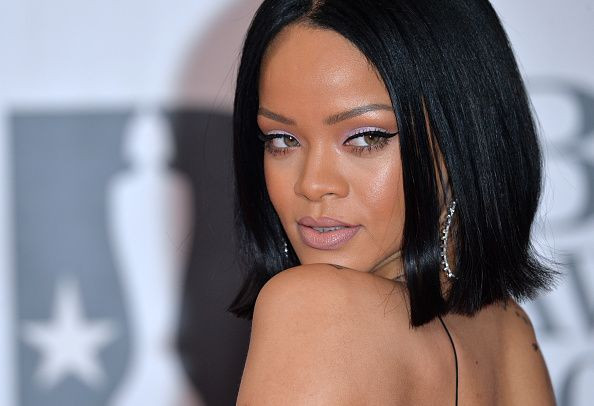Vevo Has A Plan To Stop Showing Justin Bieber Videos To Metalheads

Vevo wants to work smarter, not harder, to win over audiences for its mobile and connected TV apps. The company unveiled two changes to its mobile apps Thursday, both designed to get users started more quickly and make it easier for the app to start sending personalized content recommendations to users.
The moves are part of an ambitious roadmap for the 6-year-old service, which will see it grow from a repository of music videos into a hub for original programming, some offered as part of a subscription service.
“It represents the first step,” said Jose Gonzalez, a product manager at Vevo who handles mobile, iOS and Apple TV. “It’s a really great first step.”
In the preceding version of Vevo's mobile app, new users were asked to choose artists they liked so Vevo could figure out what kinds of content to recommend. Those choices, however, were mostly limited to a stream of Top 40 fixtures like Taylor Swift, Justin Bieber and the Weeknd.
A wave of feedback on the app store and elsewhere made it clear that this was going to have to change. “If you're a metal fan, seeing Rihanna and Justin Bieber is probably going to annoy you,” Gonzalez said.
What has replaced it are two simpler processes. Instead of browsing through an endless scroll of artists you may or may not like, users can instead simply import lists of the artists they follow on a number of different services, including Spotify, YouTube and Twitter. They can also select which genres are most important to them. Gonzalez said that while those three platforms offer a good picture of what people listen to, it's considering if and how it might incorporate data from other services, like Instagram.
"We know there's disparate parts of your music graph on different services," Gonzalez said, using a term of art that refers to the array of people, places and things one likes.

Having that more complete picture allows Vevo to start serving up specific video playlists more quickly. Down the line, it could also be useful for advertising reasons, as it blends details about a user's music taste with other relevant data points like age, gender and location. Gonzalez declined to comment on that possibility, saying that the move is about serving users.
Having that extra dash of data will not tell Vevo the full story about its users. Gonzalez pointed out that while music videos are a great vehicle for music listening, their visual elements can draw people to content they wouldn't simply listen to on their own. "I think a lot of people watch videos not just for their music tastes," he said. The right kind of sumptuous, or outrageous, visuals can make a hit more than its hook, as evidenced by the more than 430 million views this DJ Snake video has gathered.
Figuring out how it can continue to cater to music fans' appetites will be vital for Vevo. The company, a joint venture between Universal Music Group, Sony Music Entertainment, Google and Abu Dhabi Media (EMI, a third founding record label partner, has since been absorbed into two separate music companies), has carved out a vital role in the music industry landscape. Vevo controls more than 150,000 music videos that it has licensed to sites including YouTube, MTV and Yahoo, and those videos attract more than 16 billion views every month, making Vevo one of the biggest sources of views on the Internet.
But almost all of said views occur on YouTube, and despite its abundance of tween-friendly natural resources, Vevo's app began losing ground on mobile as streaming music began to take off. Aside from a few spikes around product updates and relaunches, its app mostly hovers around #200 or lower in overall app rankings on both iOS and Google Play’s app charts, according to data from App Annie.
After many years ranking in or just outside the top 10 most popular music apps, it began slipping in 2014. It now hovers in the 50 range. The company does not disclose how many people use its app on a regular basis.
Being able to use its relationship to artists and the data about what its fans are listening to is expected to put it on a path toward standing out. "The whole onboarding process is really just a shot in the arm," Gonzalez said. "I think you're going to start seeing us using that data in very interesting ways."
© Copyright IBTimes 2025. All rights reserved.





















